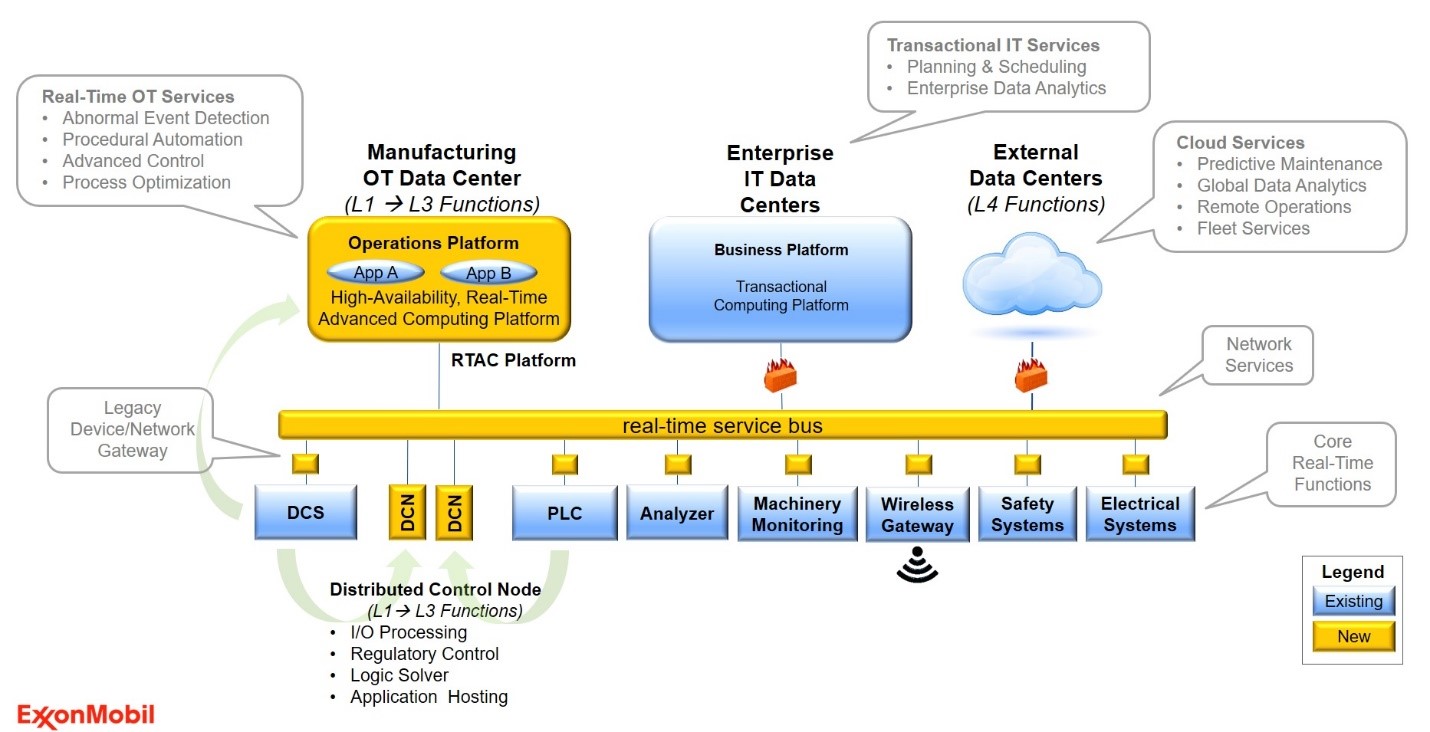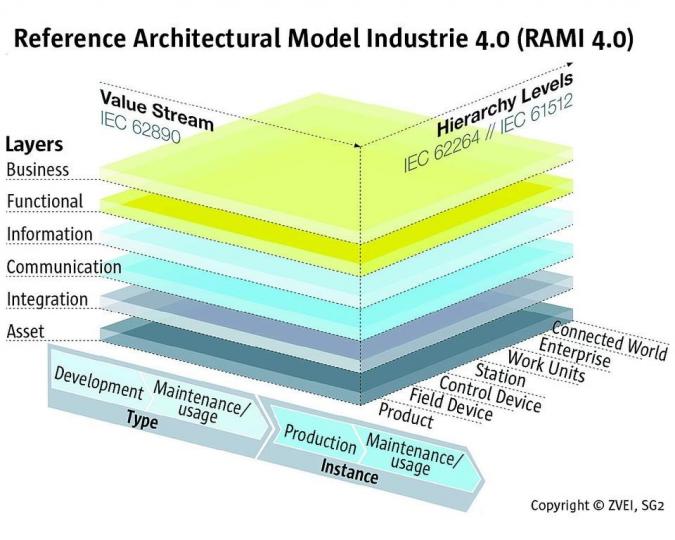

Last month, I presented at the 2017 ISA FPID symposium (food and pharmaceutical industries) in Framingham, MA on the Future of Automation. While the theme topics ranged from analytics, to serialization/track and trace, to mass production and continuous automation and IoT; people seemed particularly interested in the new generation automation system discussion from the Open Group’s Open Process Automation Forum. This is, no doubt, partly because most folks were largely unaware of the initiative. The Initiative was initially announced at the ARC Industry Forum in Orlando in February 2016, with an update provided at our recent forum in Orlando in February 2017. Since ARC has written a lot about this initiative, I thought it would be a good idea to reference some of this information.
The Open Group is developing a new open automation system based on the FACE standard (Future Airborne Capability Environment). FACE, developed for the aeronautics market (previously characterized by proprietary and highly customized solutions), “ensures interoperability and reuse of military avionics software across a common development platform.” The Open Group initiative was started by ExxonMobil (working with Lockheed Martin) to create a modular and open automation system, using FACE as the model for their new open system. The Open Group, which is managing the new standard vision for open process automation systems, is on a path to have automation system products in place based on the new standard available by 2020.
At the ARC Forum in Orlando earlier this year, we learned more about how Open Process Automation initiative is focused on developing standards-based, open, secure interoperable process control architecture Representatives showed a reference architecture that combines L1 through L3 functionality. MES functionality will be included as part of the operations platform. The Open Group organization is also working with ISA to make sure that standards are incorporated in the Open Group’s Open Process Automation applications.

ARC has written extensively on this topic. To see some of these reports, click on https://www.arcweb.com/blog/open-process-automation-update
The group is still interested in obtaining additional users, industries and support to participate in this major automation initiative. If you have an interest in participating or want additional information about the initiative please contact Harry Forbes at hforbes@arcweb.com or The Open Group (www.opengroup.org/open-process-automation).
Other closely related initiatives include the work of the OPA forum for value-added manufacturing. Some of these initiatives are being government driven because countries with developed economies want to maintain and grow their existing competitive advantages and support their exporting industries. Countries with developing economies also want to improve their competitiveness. This competition is, in part, taking the form of national initiatives to improve manufacturing competitiveness. These initiatives are found in Germany, the USA, Japan, Korea, and China. Platform Industrie 4.0 is the influential German initiative. The “4.0” referring to a 4th industrial revolution (following steam, mass production, and IT). The Fourth Industrial Revolution can be described as a set of new technologies that are fusing the physical, digital and biological worlds, and impacting all disciplines, economies and industries. Here is how I4.0 describes itself:
“Platform Industrie 4.0’s primary objective is to secure and develop Germany’s top international position in industrial manufacturing. The platform aims to promote digital structural change and to provide the consistent and reliable framework necessary for this. The more networked the economy becomes, the more cooperation, participation and coordination of all stakeholders is needed. The platform’s goal is therefore to develop a consistent overall understanding of Industrie 4.0 through dialogue with businesses, trade unions, science and government. To draw up relevant recommendations for action and demonstrate with example applications how industrial manufacturing can be digitized successfully in practice.”
The I4.0 reference model shown here is quite similar to ARC’s older CMM or collaborate manufacturing model. Note that manufacturing automation is represented by a whole axis and is critical to the vision.

The “NAMUR Open Architecture” or “NOA” was announced in 2016. This is a vision for how to apply the Industrie 4.0 initiative to the process-oriented industries of NAMUR members. NOA architecture envisions a set of additional services that would be added to the installed automation systems using multi-vendor protocols such as OPC UA. In contrast, the ExxonMobil objective is to replace existing systems. NOA envisions that installed systems will be enabled by the development of new and more common monitoring and optimization applications based on the common, multi-vendor interfaces. This may be a more realistic goal for the future of automation.
ARC’s MES supplier/technology selection guides could be helpful for companies considering a next-generation MES solution.
Here’s the link to the MES supplier selection guide for process industry companies https://www.arcweb.com/technology-evaluation-and-selection/manufacturing-execution-system-process-industries
We’ve also prepared a selection guide for discrete manufacturing companies. Here’s that link: https://www.arcweb.com/press/select-manufacturing-execution-system-software-discrete-industries-using-arcs-new-guide.

